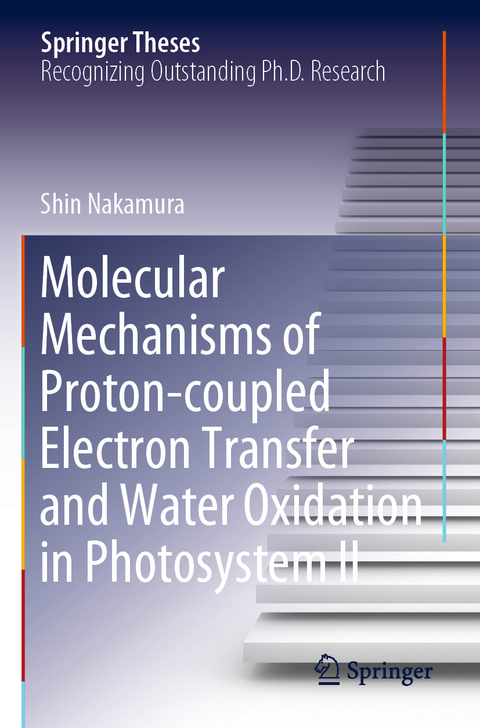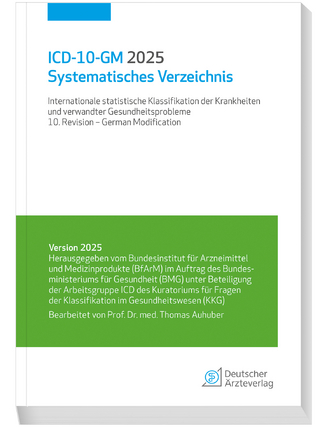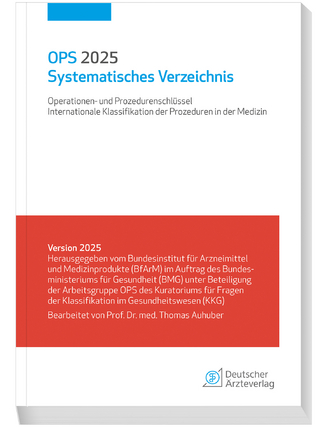
Molecular Mechanisms of Proton-coupled Electron Transfer and Water Oxidation in Photosystem II
Springer Verlag, Singapore
978-981-15-1586-6 (ISBN)
Shin Nakamura is a Postdoctoral Fellow at the University of Rome “Sapienza.” His work mainly focuses on computational and experimental biophysics to better understand the molecular mechanisms of proteins. He received his bachelor’s degree from Aichi University of Education in 2013. He then moved to Nagoya University, where he received his Ph.D. in 2018. He received the Young Talents Award at the International Conference on Photosynthesis Research for Sustainability in 2014 and has been awarded coveted fellowships, including a Research Fellowship for Young Scientists (DC1) in 2015-2018 and Overseas Research Fellowships in 2018-2020, from the Japan Society for the Promotion of Science (JSPS).
General Introduction.- Hydrogen Bond Structure of Redox Active Tyrosines in Photosystem II.- Proton Release Reaction of Tyrosine D in Photosystem II.- Vibrational Analysis of Water Network Around the Mn Cluxter.- Vibrational Analysis of Carboxylate Ligands in the Water Oxidizing center.- Protonation Structure of a Key Histidine in the Water Oxidizing Center.- General Conclusion.
| Erscheinungsdatum | 05.02.2021 |
|---|---|
| Reihe/Serie | Springer Theses |
| Zusatzinfo | XIII, 126 p. |
| Verlagsort | Singapore |
| Sprache | englisch |
| Maße | 155 x 235 mm |
| Themenwelt | Mathematik / Informatik ► Informatik ► Theorie / Studium |
| Informatik ► Weitere Themen ► Bioinformatik | |
| Naturwissenschaften ► Biologie | |
| Naturwissenschaften ► Chemie ► Analytische Chemie | |
| Naturwissenschaften ► Chemie ► Physikalische Chemie | |
| Schlagworte | Asymmetric Electron Transfer of Redox-Active Tyrosines • DFT and QM/MM Approach • electron transfer in PSII • Grotthuss Mechanism • Hybrid QM/MM Approach • Light-Induced Fourier Transform Infrared Difference Spectroscopy • Normal Mode Analysis Using QM/MM Calculations • Photosynthetic Water Oxidation in PSII • Proton-coupled Electron Transfer of Redox-Active Tyrosines • Proton Release Reaction in PSII |
| ISBN-10 | 981-15-1586-7 / 9811515867 |
| ISBN-13 | 978-981-15-1586-6 / 9789811515866 |
| Zustand | Neuware |
| Informationen gemäß Produktsicherheitsverordnung (GPSR) | |
| Haben Sie eine Frage zum Produkt? |
aus dem Bereich


